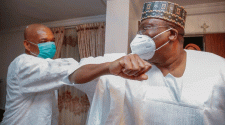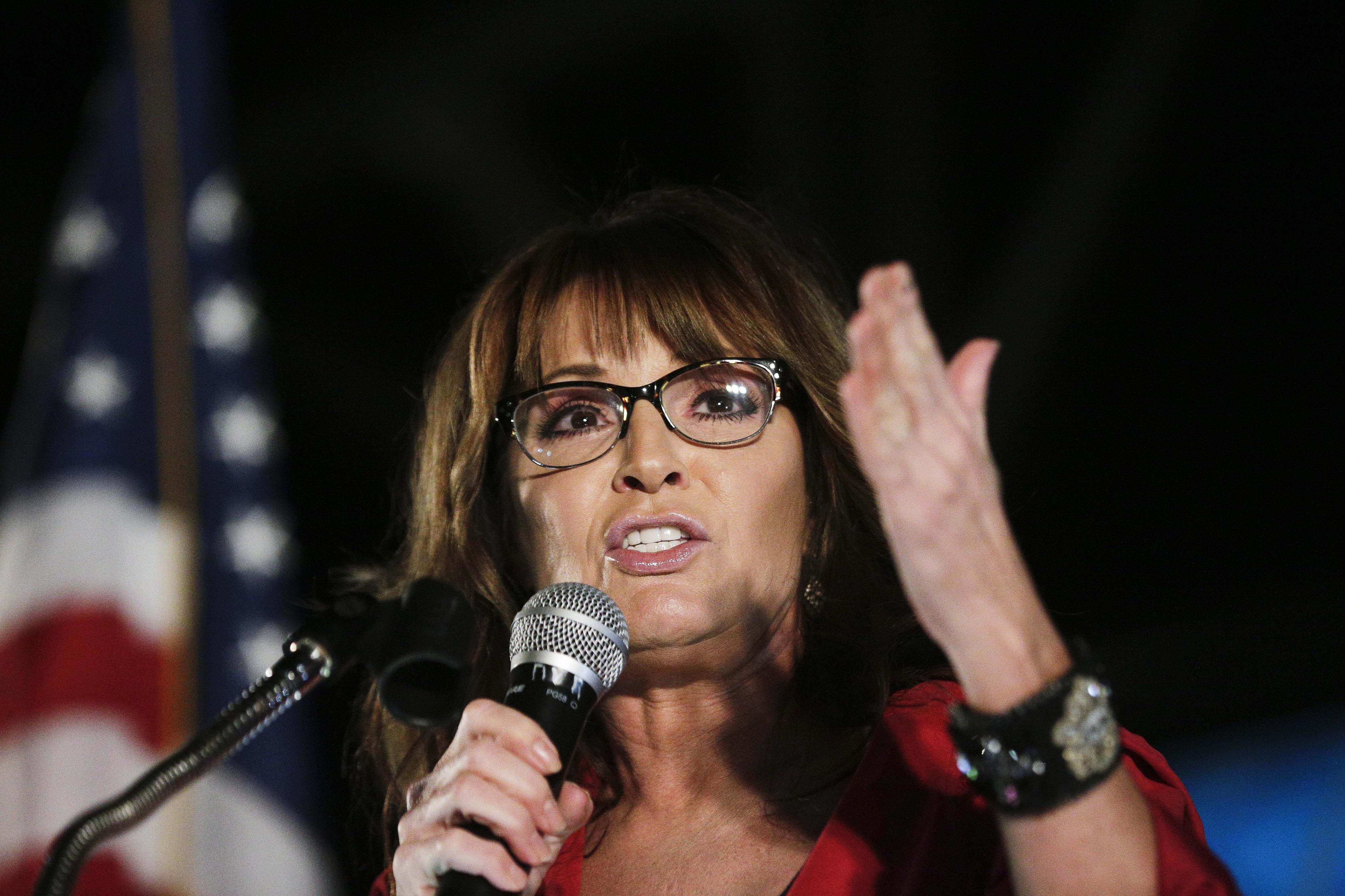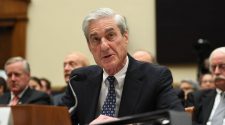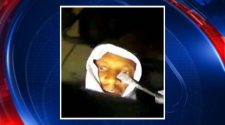The initial version of the 2017 Times editorial said it was “clear” that the 2011 shooting was linked to a map Palin’s political action committee released that included crosshairs over Giffords’ Tucson district. However, no such link has ever been established. The shooter, Jared Lee Loughner, was mentally ill and was sentenced to life in prison in 2012.
The Times corrected that language the morning after the editorial was first published online, but Palin sued, claiming that then-editorial page editor James Bennet knew or should have known the claim was false because when he served as editor of the Atlantic magazine it published numerous articles indicating that no link between the crosshairs map and the shooting had been established.
Rakoff threw out the case in 2017 after an unusual early hearing he ordered in which Bennet testified that he was responsible for the error and simply forgot about the earlier articles.
But a federal appeals court revived the suit last year, ruling that the unorthodox procedure Rakoff used violated Palin’s rights under federal court rules to pursue evidence and testimony about the episode before a definitive ruling on her suit.
As that process has gone forward, Rakoff said it was possible that jurors might conclude the error was intentional or the product of what he termed “a purposeful avoidance of the truth.”
“Taking the evidence in the light most favorable to plaintiff, she has sufficiently pointed to enough issues of triable fact that would enable a jury to find by clear and convincing evidence that Bennet knew, or was reckless not to know, that his words would convey the meaning in the minds of the readers that plaintiff asserts was libelous, to wit, that she bore a direct responsibility for inciting the Loughner shooting,” wrote the judge, a Clinton appointee.
Despite his earlier ruling in the Times’ favor, Rakoff expressed some skepticism about Bennet’s claim that he was not attempting to draw a direct causal link between the Palin group’s graphic and the Tucson shooting.
“Here, Bennet’s contention that, notwithstanding the words he used, he did not mean to suggest a direct link between the Map of the shooting, may be ‘so inherently improbable that only a reckless man would have’ chosen the words he chose to convey the meaning he (allegedly) sought to convey,” the judge wrote, quoting an earlier case.
Rakoff also said the Times’ self-styled “correction” could be viewed as undercutting its current contention that the initial statement was simply ambiguous and not wrong.
The judge did find for Bennet on some points, noting that the evidence established he had no role in Atlantic articles about the Loughner shooting.
“We’re disappointed in the ruling but are confident we will prevail at trial when a jury hears the facts,” Times spokeswoman Danielle Rhoades-Ha said.
Attorneys for Palin were pleased with the ruling. “Governor Palin appreciates the Court’s ruling and careful consideration of the merits of this case. We look forward to the trial in February,” said Shane Vogt and Ken Turkel.
The trial could be something of an awkward spectacle for the Times, in part because the newspaper effectively forced Bennet out of his post two months ago. Bennet departed amid controversy over his stewardship of the editorial page, including a decision to publish an op-ed by Sen. Tom Cotton (R-Ark.) advocating the use of military forces to quell urban unrest stemming from the death of African-American motorist George Floyd in an encounter with Minneapolis police.
Still, it is unclear how much sympathy the conservative ex-governor and 2016 Republican vice presidential nominee is likely to find on a jury drawn from the liberal bastion of New York City.
Palin’s attorneys appear to be eager to make her suit into a test case for the courts to embrace recent suggestions from President Donald Trump and Supreme Court Justice Clarence Thomas to abandon the longstanding actual malice standard governing suits against public figures, opening news outlets to the increased possibility of costly libel suits even in cases involving public figures.
In a footnote attached to the Friday ruling, the veteran judge seemed to defend his initial handling of the suit, despite the 2nd Circuit’s unsparing rejection of that process. Rakoff called his approach “something of an innovation” and suggested it was prompted by relatively recent Supreme Court rulings calling for judges to assess the “plausibility” of civil suits before allowing them to proceed.

















Federal Judge Reggie Walton Condemned Trump’s Comments About Judge Juan Merchan On CNN